S. Lee Manning: Writing espionage novels requires a delicate dance between reality and fiction. It has to be realistic enough to be plausible, yet not so real that the reader may be distracted by knowledge of the real events or real people. Some writers beautifully blend real people and fiction, but I would be concerned that I couldn’t pull it off. It requires an impressive level of discipline and research – not that I don’t research or I’m not disciplined, but it does increase my anxiety about getting things right. With using people who are currently alive, quite apart from the legal questions, I would worry that real events or real people could date or pre-empt the plots of my novels. So, I do the balancing dance. I create a parallel universe, one where the past – World War II, the fall of the Soviet Union, 9-11, actually occurs – but one where fictional characters inhabit the high offices of state. My President of the United States resembles President Bartlett from the television show West Wing as much as he resembles any real life president, which is to say, not much.
In my work in progress, Ride a Red Horse, Putin is not in office, but the office of the President of the Russian Federation and his underlings are preoccupied with finding ways to reestablish the boundaries of the former Soviet Union. So not Putin, but motivation and story line that owe much to Putin.
World tensions are similar, although I fudge it a little. Belarus is one of Russia’s closest allies, but if the current president should depart the scene and a democratic president be elected, Belarus could go the way of Georgia and Ukraine.
The closest I’ve gotten to a real historical figure is a wink and a nod to Vlad III of Wallachia, also known as Vlad Tepes, Vlad the Impaler, or Vlad Dracul. Vlad has been a favorite of writers since Bram Stoker made him into a vampire in the nineteenth century. To us, he’s a figure of horror, almost cartoonish in his evil. To Romanians, he’s something else, a nationalist, a folk hero who defended the country from the Ottomans.
His history was fascinating. Romania in the fifteenth century was torn between east and west. Vlad III’s father made a deal with the Ottomans for power, and to ensure he would live up to the bargain, sent his sons, Vlad and Radu, to the Ottoman Court as hostages. They were treated well, taught literature and fencing, but Vlad resented his captivity.When he came to power, he rejected the Ottoman influence and fought off several attempts by Turkish troops to invade, impaling the captured Ottoman soldiers.
The famous stories of his cruelty seem to differ depending on the sources. German stories written after his death showed him feasting in a forest of impaled victims, impaling his own citizens for minor crimes. Russian stories had him as a great leader who was reasonable in using impalement to terrorize and dishearten the Ottomans, who wanted to subjugate Romania.
In Trojan Horse, I didn’t incorporate the real historical figure but I made my villain, Mihai Cuza, a descendent of Vlad the Impaler, not only because the plot involved American involvement in Romania but because it upped the tension to have my villain copy his ancestor by killing people in a particularly gruesome and painful way. But I also liked the idea that Vlad III wasn’t a villain to the Romanians, despite his penchant for hoisting people on poles. After all, what villain doesn’t think he’s the hero? Cuza believes himself to be a Romanian patriot, and every unpleasant death is for the greater good of the country he loves.
And after all, having a good, three dimensional villain is what makes the best thriller novels. I like my villains, like my other characters, to be real. Just not too real.


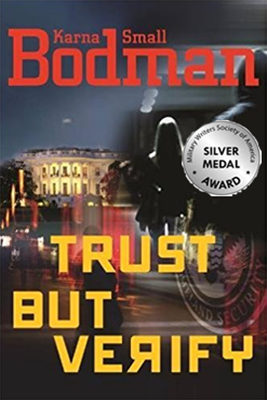
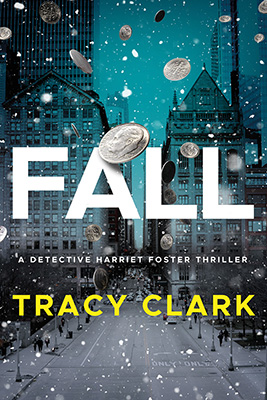
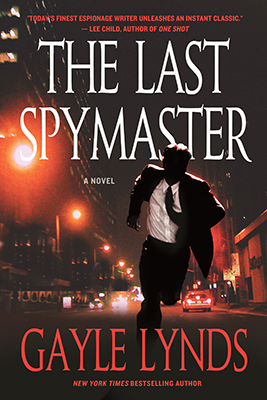

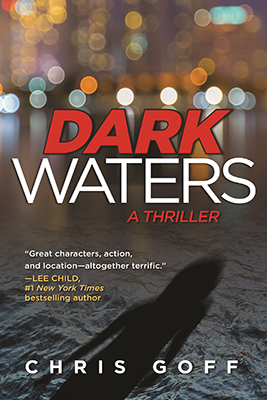
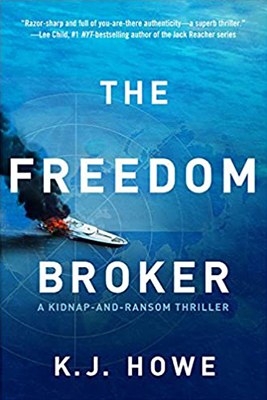
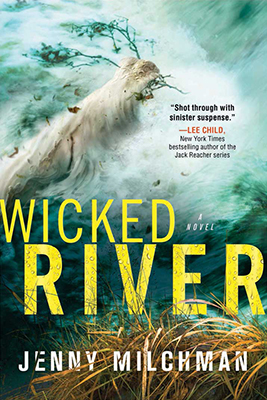
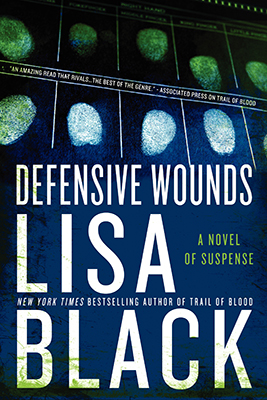
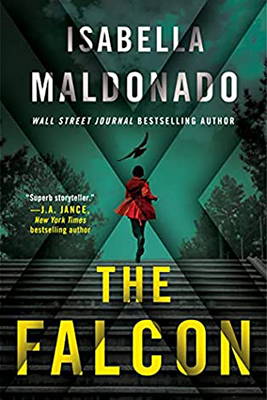
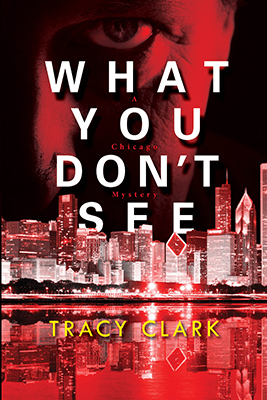
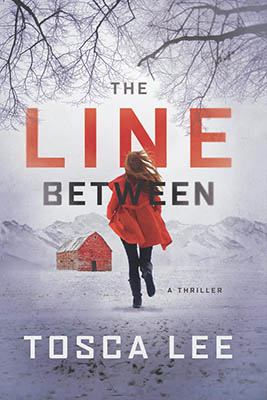
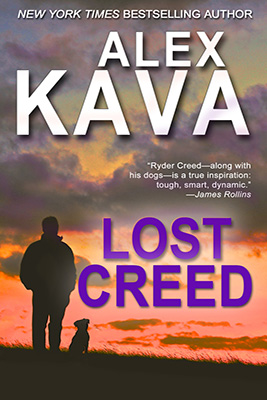
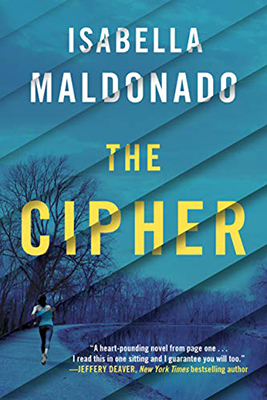
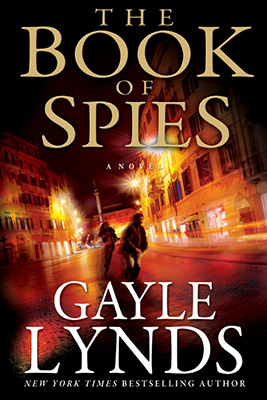
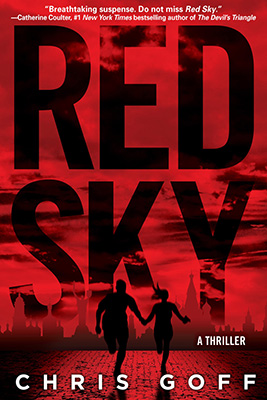
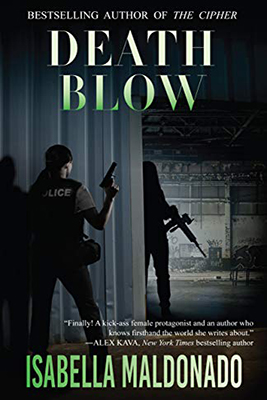
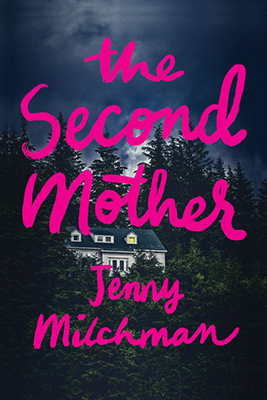
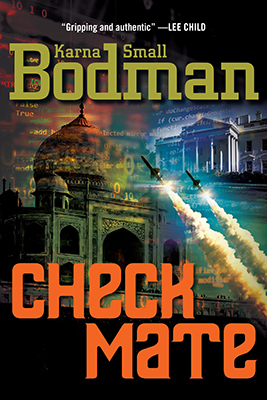
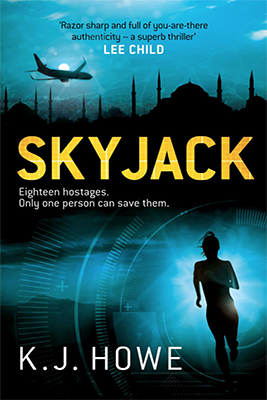
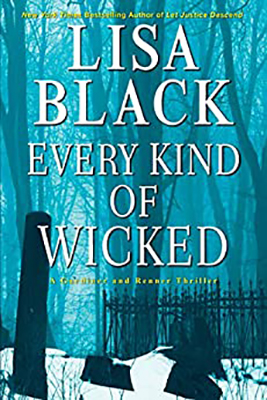
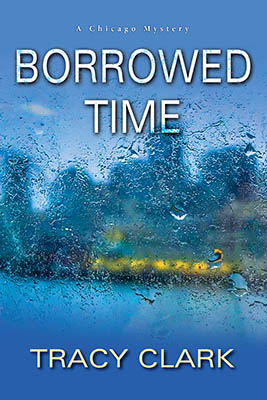
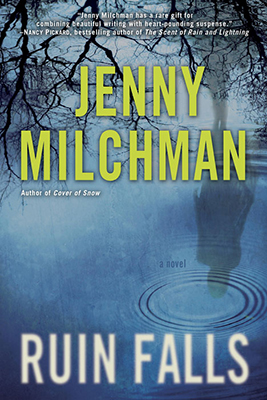

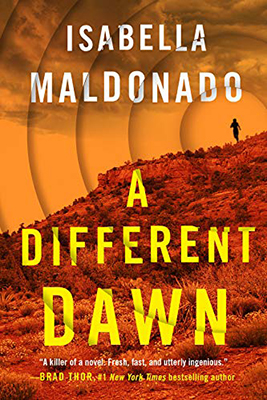
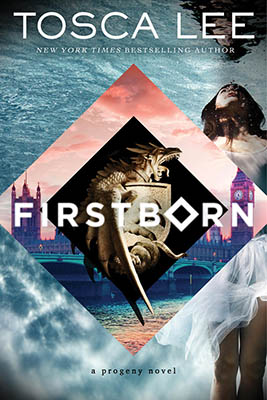
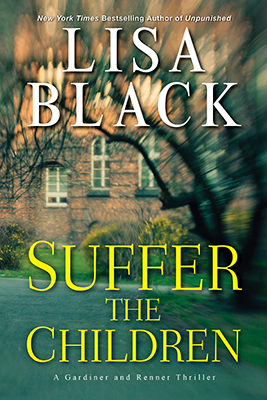

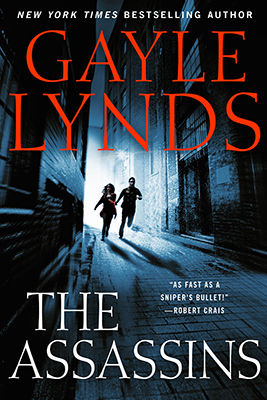

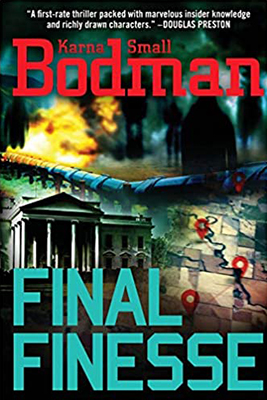
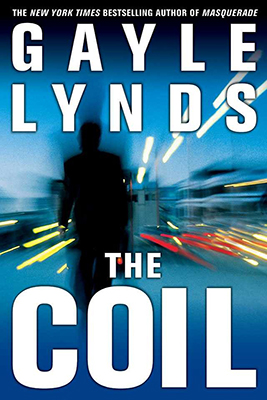
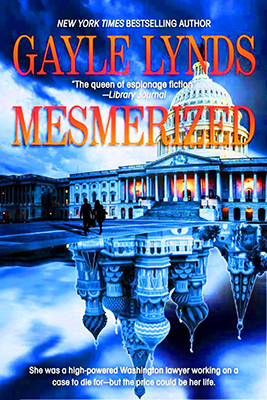
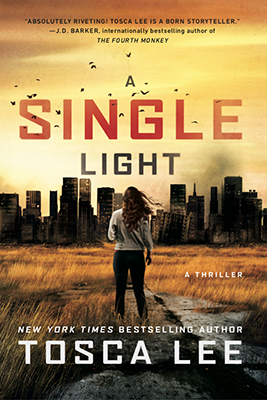
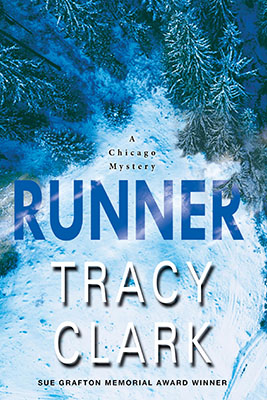
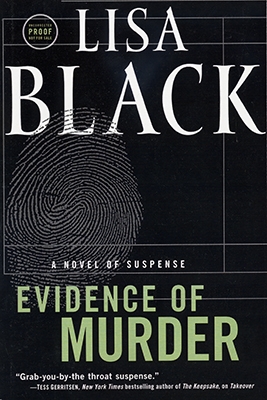
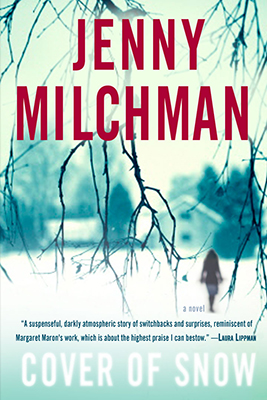
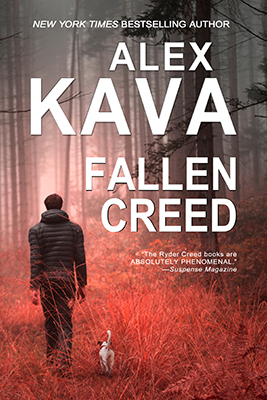

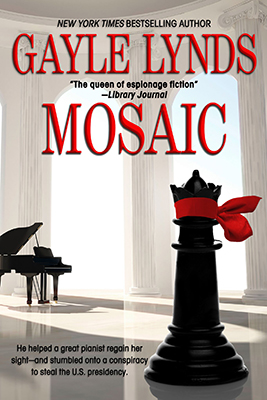
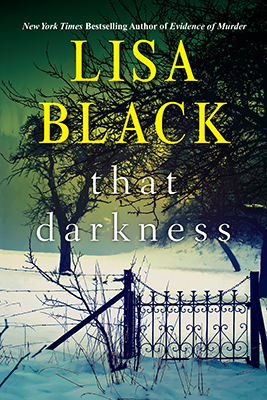
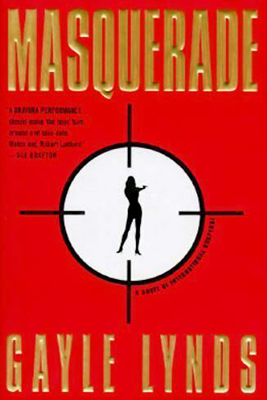
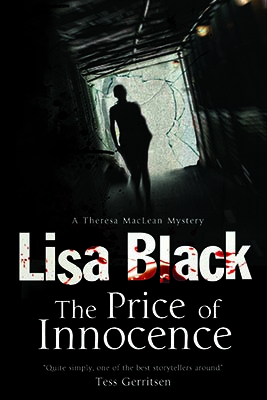
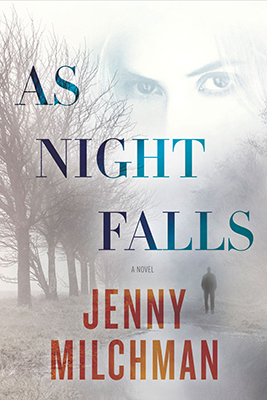
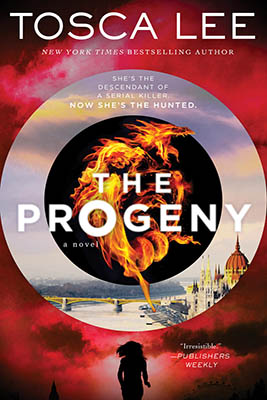
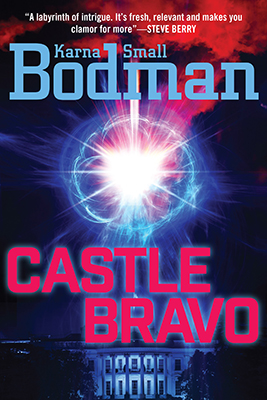
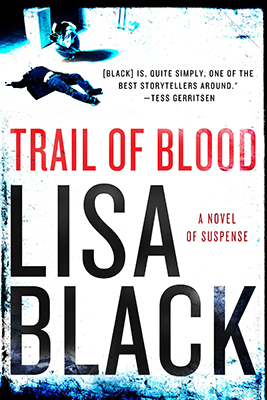
What a history lesson about Vlad III…I never knew. Now I will have to read your story which I'm sure will be fascinating. I love reading thrillers where I not only am "thrilled" with the action, the intrigue and the characters, but I actually "learn so much!" Thanks for posting.
Me, too, Karna. I love espionage thrillers because I learn so much about the world.
I had no idea Vlad was a hero in real life as well as a villain. I love that you wrote about him for us in your blog, and that in your book your villain is descended from him and also a complex figure. You've given us a wonderful example of how a character can be created!
Isn't it interesting how a historical figure can be interpreted so many different ways?
Interesting that someone could do such terrible things to his enemies and still be considered reasonable by some in his country. The fact that the Ottoman Turks apparently treated him well in captivity does not seem to have swayed him at all. If one is judged by how they treat their enemies, then he is a true villain! Interesting piece of history.
I beg to differ. Not just some loved the guy. Most of the country did, apart from the noblemen of course. They never cared for nothing apart wealth and power. He fought for justice and tried to keep romanian culture and ancestry intact. Turkish invaders didn't just invade. They rape, murder and steal. He's done everything in his power to scare them away. He didn't had the numbers the Turks had, but he had courage and love for his people. Would you be brave enough today to stand against an army like he did in his time? He is praised in the romanian literature for his bravery. If it wasn't for him, Romania now would pray to Allah and speak Arabic. And probably some of Europe too. Since those people were blood thirsty and eager to conquer.
Jamie, Ironically, impalement was a punishment used by the Ottomans – and Vlad probably learned about it during his captivity.
in my "Ghost-toasties" (vol. 4 of my Trilogy + 1 called "Good Vampires," I have the historical Vlad and the fictional Dracula one character. Well, Drac is the ectoplasmic remnant of Vlad. So I've not only used a real person fictionally, but a fictional person really!